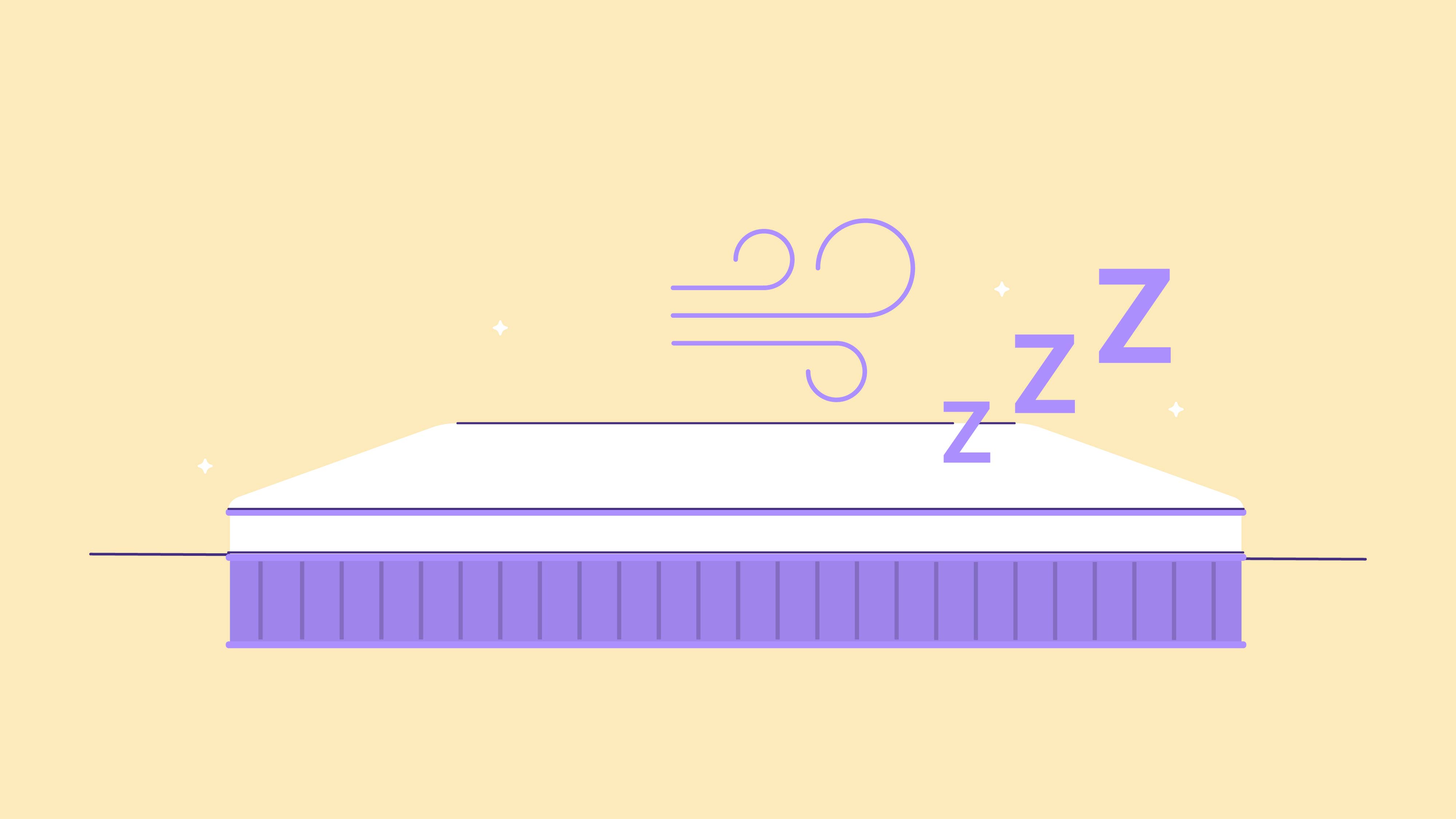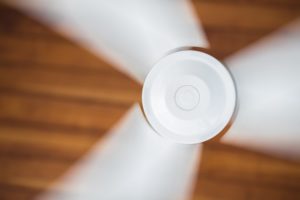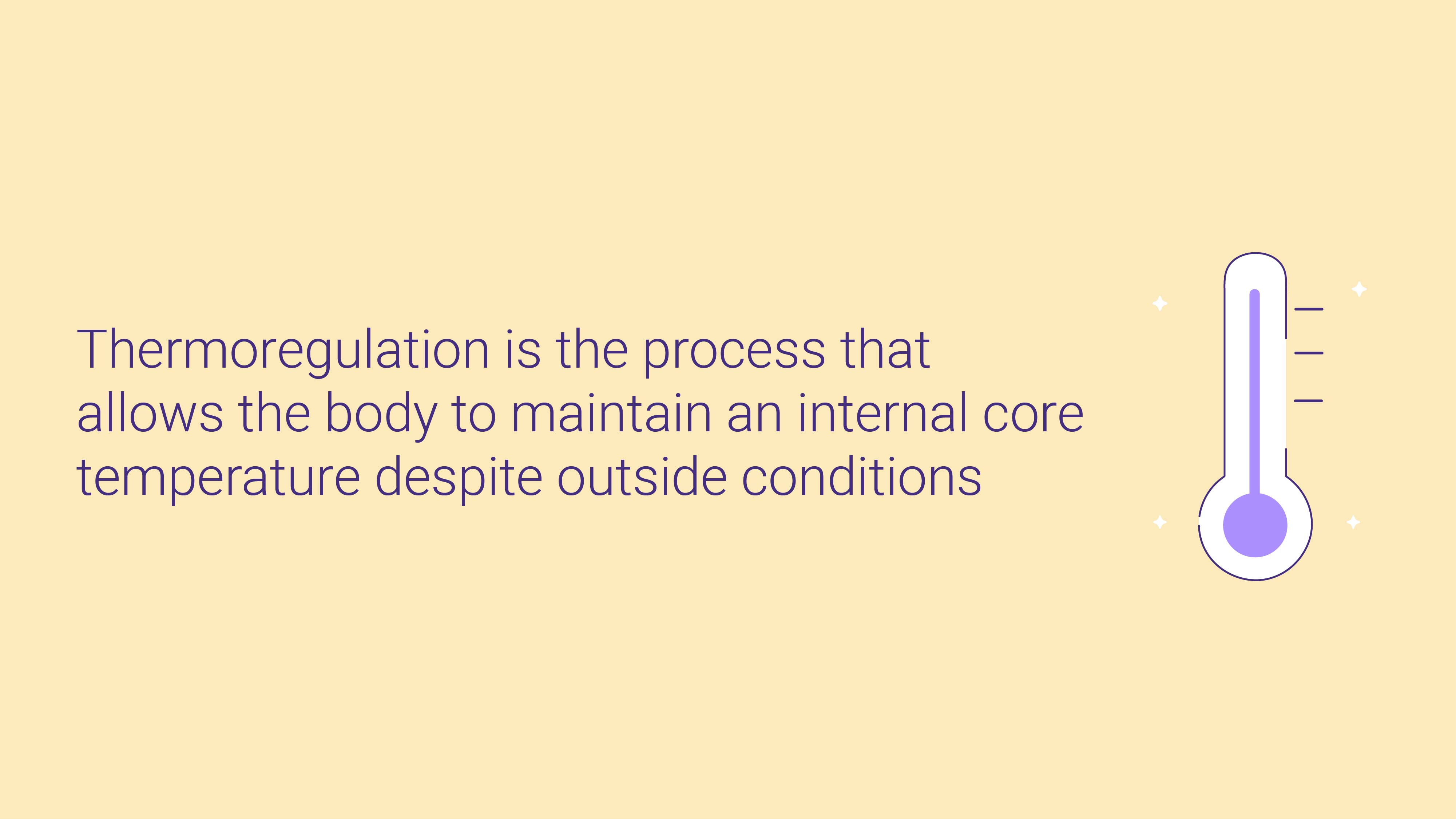
How to Sleep Cool on a Memory Foam Mattress

Introduced to the mattress industry in 1991, memory foam beds quickly rose in popularity and are now considered to be one of the best types of mattresses available. But some skeptical customers are still unconvinced despite its high praise. The cause for the skepticism? Heat retention. Due to its density, there are legitimate sleeping hot concerns that need to be addressed when considering a memory foam mattress, especially for hot sleepers. In this article, we will cover all you need to know about memory foam and how to cultivate a cool sleeping experience.
Buying a new mattress can be expensive, and if you love your current memory foam mattress there are ways to help your memory foam mattress sleep cool. The following are methods you can start now to help reduce temperature and achieve a deeper, restful sleep.
1. Switch Out Bedding
Something as simple as changing your bedding can help to improve circulation. Lean towards materials made of natural fibers like cotton or bamboo that can provide better airflow and wick away moisture. Also, stick to a lower thread count. We recommend a thread count of 300 or less for cotton material.
- Bed Sheets/Comforter/Duvet – a low thread count, made from Tencel®, cotton, or linen can make all the difference in temperature at night. Also, look to see what type of material is inside a comforter or duvet. Lean towards cotton or down alternative fill for optimal cooling.
- Mattress Protector/Cover – protects the mattress from stains and water damage.
- Mattress Pads/Mattress Toppers – adds a layer of space for airflow and better cooling, and also provides extra comfort. A memory foam mattress cooler or mattress toppers are a highly recommended option for anyone seeking a cooling mattress topper.
- Pillows – look for cooler materials like cotton, bamboo, feathers, and polyester. Some cooling pillows offer heat-wicking properties, like a memory foam mattress cooler or copper infusions.
2. Wear Breathable Clothing to Bed
 As with bedding, changing your pajamas to a breathable material can help tremendously for hot sleepers. Not only does the material covering your bed matter, the type of material that covers your body can also affect your body temperature.
As with bedding, changing your pajamas to a breathable material can help tremendously for hot sleepers. Not only does the material covering your bed matter, the type of material that covers your body can also affect your body temperature.
Breathable Fabric Choices:
- Cotton
- Wool
- Silk
- Linen
3. Change Your Bedframe
While memory foam mattresses sleep most comfortably with a solid foundation, additional cooling can be achieved by switching to a bed frame with evenly spaced slats. This provides more airflow underneath the mattress. Check with the mattress manufacturer for recommendations.
4. Have Consistent Airflow in Your Room
 Consistent airflow and good air circulation can help reduce heat buildup for hot sleepers. There are a few methods you can choose to achieve this.
Consistent airflow and good air circulation can help reduce heat buildup for hot sleepers. There are a few methods you can choose to achieve this.
- Turn on your A/C at night.
- Open your bedroom windows for fresh air.
- Use fans to circulate air.
If you don’t have a working A/C, you can place a bowl of ice in front of a portable fan.
5. Turn Off the Lights
Reduced light exposure will decrease temperature.
Lights give off heat. And, heat accumulates over time. Turning off all light sources can keep a room cool and ensure a deeper sleep.
6. Stay Hydrated Before Going to Bed
 Drinking water can help cool you down at night. It might be a good idea to have a glass of cool water next to your bed should you wake up hot.
Drinking water can help cool you down at night. It might be a good idea to have a glass of cool water next to your bed should you wake up hot.
What is Memory Foam?
NASA originally developed memory foam for shuttle seats to reduce impact during cosmic acceleration. Since then, memory foam has been used in exercise machines, medical equipment, and bedding. In a mattress, it’s built to absorb and distribute body weight evenly.
Memory foam consists of viscoelastic polyurethane, an absorbent and soft foam material. It has the ability to mold to the body, offering a “hug” sensation. This contouring feature relieves pressure points and reduces pain. However, this same contouring feature also retains heat, causing many to wake during the night.
Types of Memory Foam
Instead of one type of foam, there are actually four different types— all similar, but each offers slightly different properties. These types include traditional, air cooling, gel foam, and plant-based. Knowing the differences and similarities can steer you in the direction of the perfect purchase
Traditional Memory Foam
Traditional memory foam mattresses first appeared in the ’90s. Quickly gaining popularity due to its unique features, the memory foam mattress fostered increased blood flow, pressure point relief, and impeccable support.
Additionally, memory foam can establish a hypoallergenic mattress – there’s little to no risk of dust mites and other bugs, a great relief to those who suffer from allergies.
Although the overheating aspect of traditional memory foam remains a drawback.
Air Cooling Memory Foam Mattress
After the release of traditional memory foam mattresses, manufacturers heard the public’s cries and attempted to rectify the problem by creating cool memory foam technology. Open-cell structure allows air to pass through the mattress, and thus improve overall cooling. Though the mattress itself still retains some heat, it was slightly more comfortable than traditional foam.
Gel Memory Foam
Similar to traditional memory foam, gel infused memory foam mattress has the same attributes: body contouring pressure relief, antimicrobial properties, and motion isolation. The difference? The infusion of gel beads absorbs body heat and has better durability
However, a problem arises in the amount of heat the gel beads can absorb before the body starts to retain heat. Many consumers have experience overheating with gel infused memory foam beds, particularly hot sleepers, because the gel beads can only absorb so much heat.
Plant-Based Memory Foam
One of the most overlooked types of foam is plant-based memory foam. Out of the four, plant-based is the most breathable. Its eco-friendly material is free from chemicals, like formaldehyde, benzene, and naphthalene, traditionally found in other foams. Plant-based foam replaces part of the petrochemicals with Castor oil, and is known to dissipate heat quicker than traditional memory foam.
What Causes Heat Build-Up in Memory Foam Mattresses?
The number one complaint of memory foam mattresses is heat retention. Heat build-up can cause sleep disruptions and night sweats for a couple of reasons:
- Memory foam is a dense, synthetic material. Density provides adequate support to the body. While the porous material is filled with tiny air bubbles, they’re not interconnected, restricting airflow. Heat becomes trapped with the lack of air exposure to the skin.
- The same conforming properties that make traditional memory foam stand out also causes heat retention. While these properties relieve pressure points and evenly distribute body weight, it also uses body heat to mold to your shape.
Why Does Heat Disrupt Sleep?
To keep cool, the body relies on air exposure. Lack of air affects the body’s ability to thermoregulate. Thermoregulation is the process that allows the body to maintain an internal core temperature despite outside conditions.

How does thermoregulation tie in to overheating? Thermoregulation is less effective during deep sleep. Without air circulation, heat buildup causes nerve sensors to become uncomfortable, causing you to wake up.
During the body’s sleep/wake cycle, the body prepares for sleep when the core temperature begins to drop. Sleep occurs when the rate of temperature change and loss of body heat is at its max. Keep in mind that a cooler internal core induces sleep, while a warmer core produces energy.
At night, body temperature drops, allowing better sleep. Ideal sleep temperature is between 60-67 degrees Fahrenheit.
Cooling Bedding for Memory Foam Mattresses
When it comes to the best sheets for memory foam mattresses and other assorted bedding, we usually recommend natural fibers over synthetic ones for extra breathability. Some of our favorite types of sheets include:
- Best Linen Sheets
- Best Cotton Sheets
- Best Organic Cotton Sheets
- Best Egyptian Cotton Sheets
- Best Percale Cotton Sheets
- Best Bamboo Sheets
Are You Sleeping Comfortably?
While not known as a cooling mattress, steps can be taken to improve overall cooling in a memory foam bed such as cooling sheets or a cooling mattress topper. If you’re considering purchasing this type of mattress, we recommend choosing a plant-based memory foam bed. Its layers include open-cell construction and plant-based foams.
For those who do sleep on memory foam pads, there are a few steps you can take to prevent overheating. Check out our posts for cool bed sheets and foundations to learn which of 2024’s best mattress and accessories will help you sleep the best!
